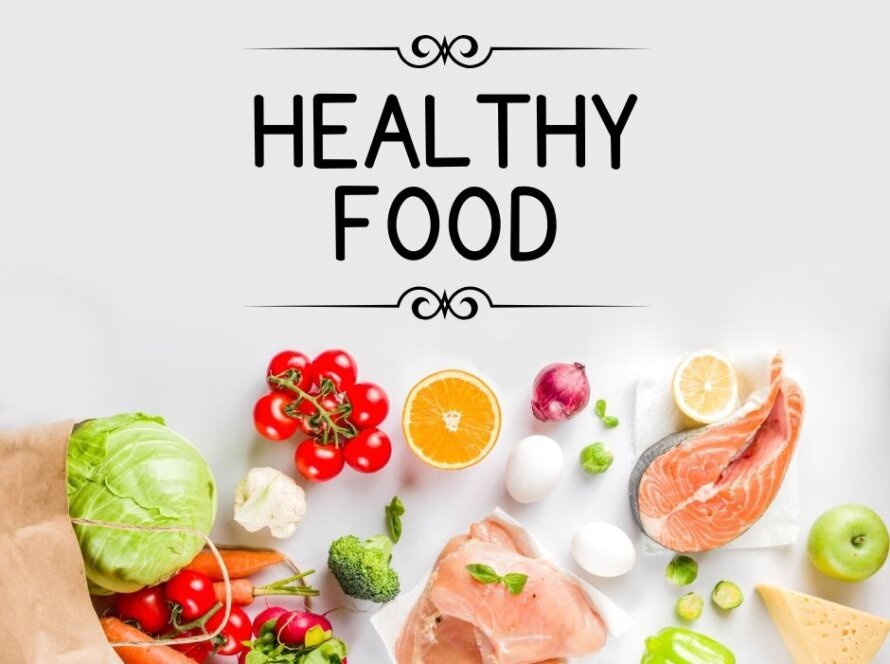Healthy Eating on a Budget: Essential Tips for Women
Prioritizing your health is essential, but the rising cost of healthy food can be a significant barrier. Fortunately, you can eat nutritious meals without straining your wallet. Here are some effective tips to help you maintain a healthy diet on a budget.
1. Meal Planning is Key
Planning your meals ahead of time is crucial for eating healthy on a budget. By outlining your meals for the week, you can create a focused shopping list, minimizing impulse buys and preventing the need for costly last-minute grocery trips. Meal planning not only saves money but also encourages you to choose healthier options rather than resorting to expensive, unhealthy convenience foods.
2. Buy in Bulk
Purchasing items in bulk can lead to substantial savings on healthy foods. Look for bulk bins at your local grocery store or consider buying from wholesale retailers. Staples like rice, beans, and nuts are affordable, long-lasting, and versatile ingredients. Incorporating these into your meals can help stretch your food budget while keeping your diet nutritious.
3. Choose Seasonal Produce
Shopping for fruits and vegetables that are in season often results in lower prices and fresher options. Visit local farmers’ markets or check weekly grocery store ads to identify seasonal items. Additionally, frozen fruits and vegetables are usually more affordable than fresh ones and retain their nutritional value, making them an excellent choice for budget-conscious shoppers.
4. Leverage Coupons and Discounts
Maximize savings by utilizing coupons and discounts available at your local grocery store. Many stores offer loyalty programs that provide exclusive deals. Keep an eye out for promotions on whole grains, fruits, and vegetables to enhance your healthy eating plan while keeping costs low.
5. Cook at Home
Preparing your meals at home is often healthier and more cost-effective than dining out or purchasing pre-packaged meals. You have full control over the ingredients, allowing you to make nutritious choices that fit your dietary needs. Investing in essential kitchen tools, like a slow cooker or blender, can make home cooking easier and more enjoyable.
6. Batch Cooking Saves Time and Money
Cooking in bulk is an effective way to save both time and money. Prepare large batches of meals like soups, stews, or chili, and freeze portions for later use. Cooking a big batch of grains, such as rice or quinoa, can also provide a convenient base for various meals throughout the week.
7. Shop at Discount Stores
Discount grocery stores like Aldi or Lidl often offer lower prices on healthy food options compared to traditional supermarkets. Explore deals on fresh produce, canned goods, and whole grains, and be open to trying new brands to find the best value.
8. Minimize Food Waste
Reducing food waste benefits both your wallet and the environment. Plan meals carefully to buy only what you need and utilize leftovers creatively. Freezing excess food or composting scraps can also contribute to less waste in your kitchen.
9. Stay Hydrated with Water
Drinking water is not only essential for your health, but also free. Opt for water over sugary drinks like soda and juice, which can be costly and high in calories. Add a slice of lemon or lime to your water for a refreshing twist without added expenses.
10. Consider Generic Brands
Generic or store-brand products are often just as good as name-brand items but come at a lower price. Compare ingredient lists and nutrition information to ensure you’re making smart choices. Avoid being swayed by marketing and focus on quality and value.
Conclusion
Eating healthy on a budget is entirely achievable with careful planning and creativity. By implementing these strategies—meal planning, bulk buying, shopping seasonally, leveraging discounts, cooking at home, and minimizing waste—you can enjoy nutritious meals without breaking the bank. Prioritize your health and well-being while making smart financial choices that benefit both you and your wallet.












